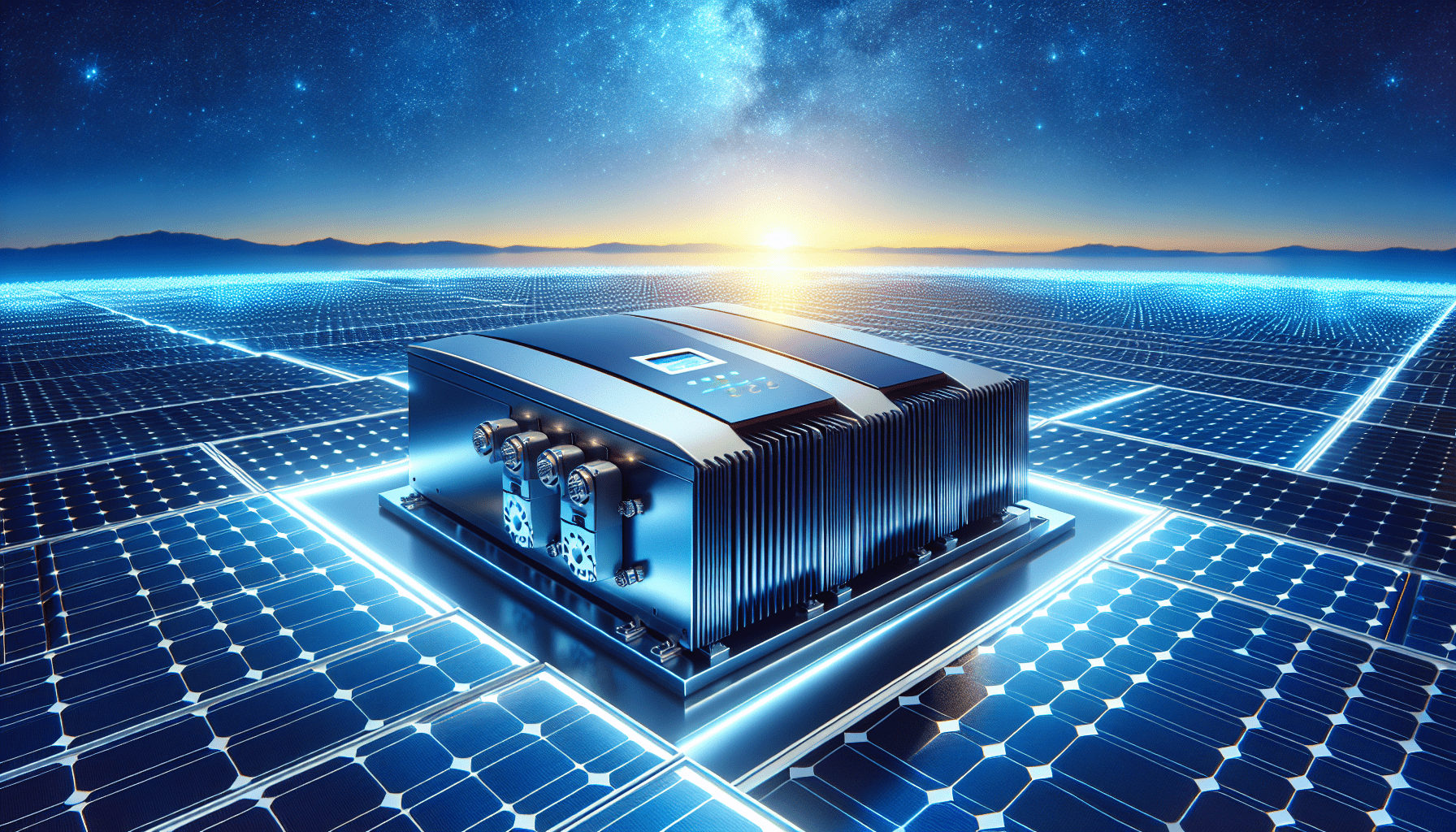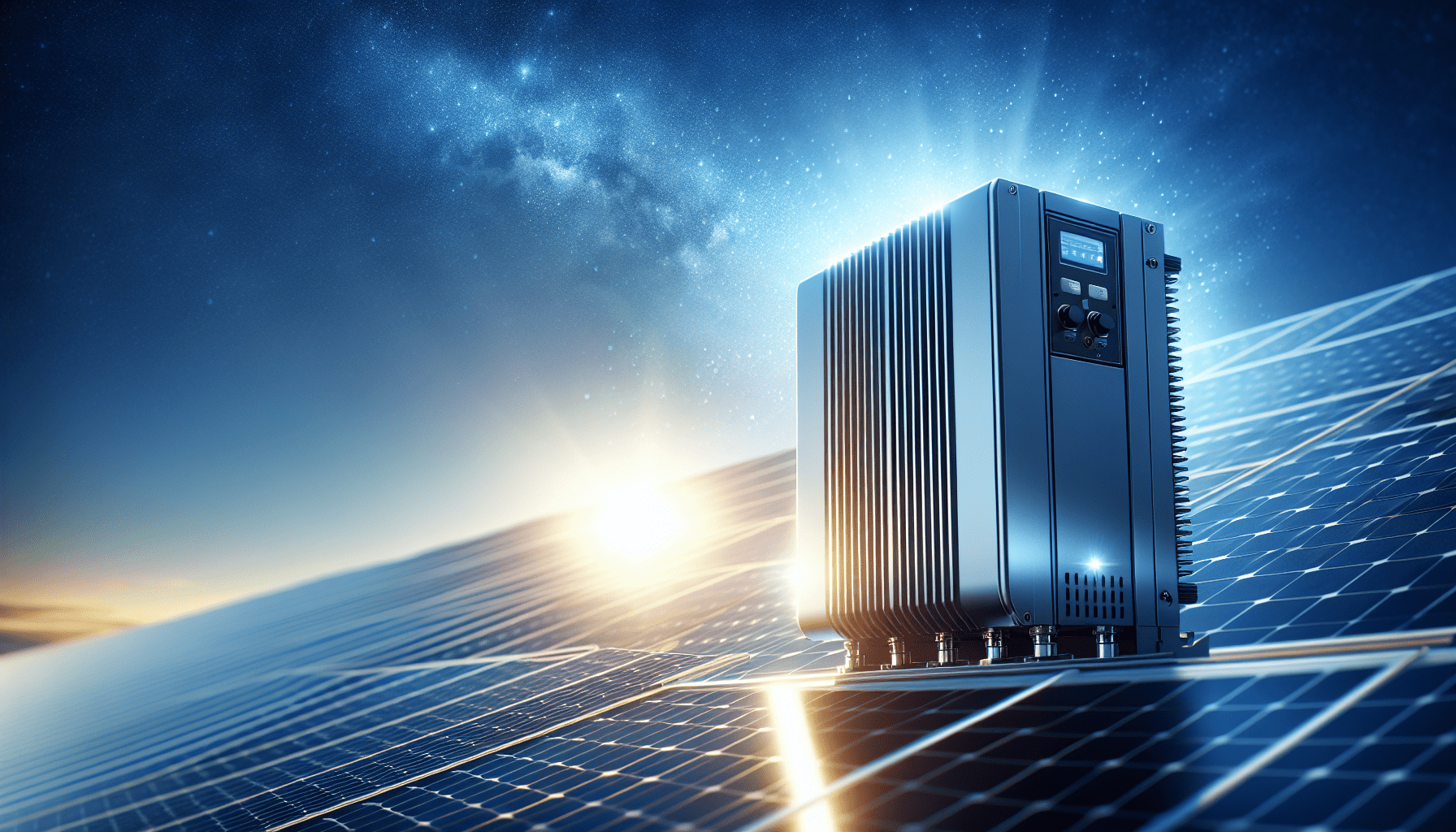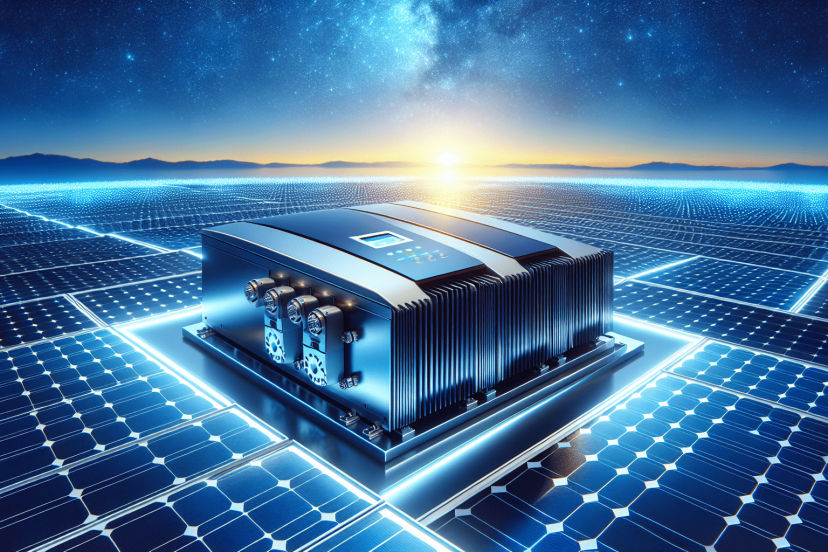Understanding the Benefits of a Three Phase Solar Power Inverter
As an Amazon Associate, I earn from qualifying purchases, at no additional cost to you. Disclaimer
Have you ever wondered what powers a solar energy system efficiently enough to ensure you can meet your energy needs? If you’re considering switching to solar energy or looking to optimize your existing system, understanding the components involved might feel overwhelming. Among these components, a key player is the three-phase solar power inverter. What exactly is it, and why should you be interested? This friendly guide is here to walk you through it, highlighting the benefits and vital aspects to help you understand why a three-phase solar power inverter could be a perfect choice for your energy needs.
Click Here to Lower Your Carbon Footprint with Solar
What is a Three Phase Solar Power Inverter?
To truly appreciate the benefits of a three-phase solar power inverter, it’s essential first to understand what it is. Simply put, an inverter is a device that converts the direct current (DC) generated by solar panels into alternating current (AC), which is used by most household appliances and the electrical grid.
Importance of Inverters in Solar Systems
Before diving into three-phase inverters specifically, let’s talk about why inverters are critical in solar systems. Solar panels on your rooftop capture sunlight and convert it to direct current (DC) electricity. However, your home’s electrical appliances and the public grid use alternating current (AC). Without an inverter, this conversion wouldn’t occur, and thus, solar panels alone cannot power your home.
Single-Phase vs. Three-Phase
The terminology around ‘phases’ might seem technical, but it’s fairly straightforward. Single-phase power is common in residential homes, where the power supply fluctuates at a uniform voltage. On the other hand, three-phase power provides three separate waves of power, delivering it more consistently and efficiently. It’s typically used in industrial and commercial settings but is becoming increasingly popular in residential areas because of the benefits it offers.
The Anatomy of a Three Phase Solar Power Inverter
At its core, a three-phase solar power inverter is designed to convert DC to AC in three distinct phases, as opposed to one. This enables smoother and more reliable energy distribution.
How Does it Work?
The operation of a three-phase inverter involves converting the electricity from your solar panels from DC to AC, dividing it into three waves, which are then staggered to ensure consistent delivery of power. This staggered supply reduces the overall load on each wire, leading to a more balanced and efficient energy distribution.
Components of a Three Phase Inverter
A typical three-phase inverter consists of several key components:
- Converter: This part of the system initially converts the DC into AC.
- Controller: It manages the electricity flow and ensures the inverter operates correctly by optimizing the power output.
- Cooling System: To prevent overheating and ensure efficient operation, three-phase inverters have a robust cooling system.
Understanding these components helps you appreciate the sophisticated technology involved in making sure your solar system works seamlessly.

Click Here to Maximize Your Energy Savings
Benefits of a Three Phase Solar Power Inverter
The decision to opt for a three-phase solar power inverter brings several advantages that are worth considering.
Enhanced Energy Efficiency
One of the primary benefits of a three-phase inverter is enhanced efficiency. The ability to deliver power in three waves allows for a continuous energy flow, reducing interruptions and ensuring your household runs smoothly with minimal power loss.
Higher Load Capacity
If you have a large household or run a business that consumes significant energy, a three-phase system supports higher power loads. This capacity is especially advantageous for running heavy appliances like air conditioners, electric vehicles, or industrial machinery without taxing your electrical system.
Reduced Energy Losses
In a three-phase system, energy loss is minimized because the power load is evenly distributed across all phases. This balanced distribution allows you to maximize the output from your solar panels, making it a highly efficient choice.
Greater Stability and Reliability
For those living in areas prone to power outages or fluctuations, three-phase inverters improve stability and reliability. The ongoing three-wave power delivery ensures a more stable power supply, reducing the impact of any disruptions in electronic devices.
Scalability for Future Expansion
As your energy needs grow, three-phase inverters offer excellent scalability. Whether you want to add more panels, batteries, or even integrate with a larger grid system, the infrastructure of a three-phase inverter can accommodate these changes efficiently.
When to Consider a Three-Phase Solar Power Inverter
Not every household or business might necessarily benefit from a three-phase inverter, so when should you consider this option?
Large Scale Energy Consumption
If your energy demand is high, perhaps due to multiple occupants or the need to power energy-intensive devices, three-phase systems deliver the extra juice you need without compromising performance.
Future-Proofing Your System
Planning ahead for future energy needs or innovation can save time and costs down the line. By installing a three-phase system today, you prepare yourself for potential future expansions or increased dependence on electric appliances.
Geographic and Grid Considerations
Depending on your location, your local energy grid might favor or only support three-phase systems. In such cases, opting for a three-phase inverter ensures compatibility with the grid, often allowing you to sell excess power back with greater ease.

Click Here to Go Green and Go Solar
Installation and Maintenance of Three Phase Inverters
Investing in any new technology requires understanding both installation and maintenance processes.
Professional Installation Required
While they’re efficient, three-phase systems require specialized knowledge for installation. You’ll need a certified professional to ensure the system is safely and correctly set up, adhering to all relevant safety standards and regulations.
Routine Maintenance Checks
Routine checks and maintenance prolong the life of your inverter. Cleaning the cooling systems, inspecting connections, and software updates are essential to maintain optimal performance. A regular maintenance schedule can greatly enhance the lifespan and efficiency of your inverter.
Potential Challenges
Every technology has its drawbacks, and while three-phase inverters offer many benefits, it’s helpful to be aware of potential challenges.
Higher Initial Costs
Three-phase systems typically entail higher upfront costs than single-phase systems. This is due to their complexity and added components. However, the long-term savings and efficiency they provide often offset these initial expenses.
Technical Complexity
The technical nature of these systems requires a higher level of understanding for troubleshooting and adjustments. While professional assistance is available, self-troubleshooting can be more intricate than single-phase systems.
Requirement for Proper Configuration
Optimal performance of a three-phase inverter requires precise configuration. An incorrectly configured system may result in inefficiencies and fail to deliver the benefits you expect. This emphasizes the need for professional expertise during installation and maintenance.
Comparing Three-Phase and Single-Phase Systems
While we’ve focused on the benefits of three-phase systems, understanding how they compare to single-phase systems may clarify whether they’re the right fit for your needs.
| Feature | Single-Phase System | Three-Phase System |
|---|---|---|
| Efficiency | Lower due to fewer waves | Higher due to three wave delivery |
| Capacity | Limited power load | Larger power load capacity |
| Cost | Lower initial investment | Higher initial costs |
| Scalability | Limited | Highly scalable |
| Stability | More susceptible to fluctuations | Reduced fluctuations and better stability |
| Maintenance | Less complex | Requires professional assistance |
Making the Decision
Deciding on the right inverter involves considering your specific energy needs, budget, and future plans. If high efficiency, stability, and scalability align with your goals, a three-phase solar power inverter could be the investment you need for maximum benefits.
Assessing Your Energy Consumption
Evaluate your current energy consumption and appliance usage. Factor in future appliances, electric cars, or home expansions. This assessment will dictate the capacity and type of inverter most suitable for your setup.
Budget Considerations
Your budget can significantly impact your decision. While the initial costs may be higher, factor in long-term savings through energy efficiency and possible rebates or incentives offered by governmental green energy initiatives.
Local Expert Consultation
Engage a local solar expert to provide personalized insights based on your property and location. Their expertise can offer guidance on grid compatibility, potential expansion needs, and tailored solutions specific to your area’s energy patterns.
Conclusion
Incorporating a solar power system into your home or business is an excellent step towards sustainable energy usage. A three-phase solar power inverter enhances this transition by providing efficiency, reliability, and scalability. By understanding how this technology works and weighing the benefits against your unique needs, you can make an informed decision that maximizes the potential of your solar energy system.
In our ever-evolving world, where the shift towards renewable energy is becoming paramount, investing in a three-phase inverter could indeed be a forward-thinking choice, ensuring that your solar power system is not only efficient but future-ready. Whether you’re aiming for long-term savings, planning for expansion, or seeking improved energy reliability, this technology can pave the way for a greener and more efficient tomorrow.

